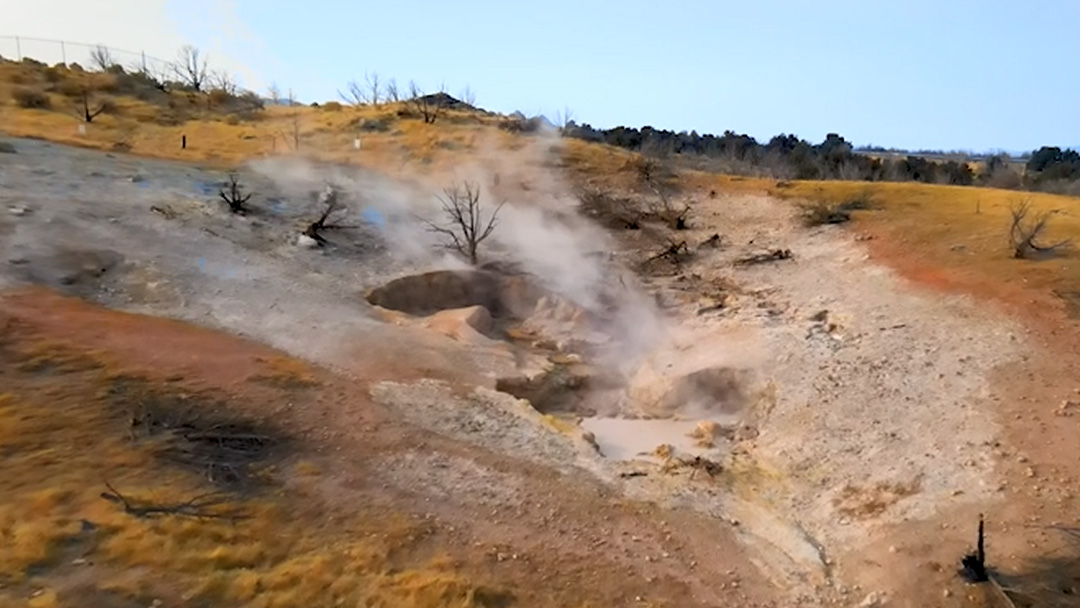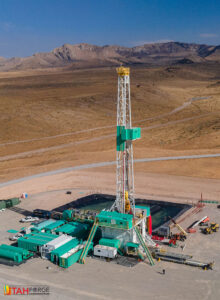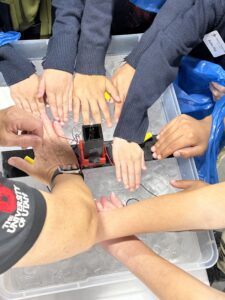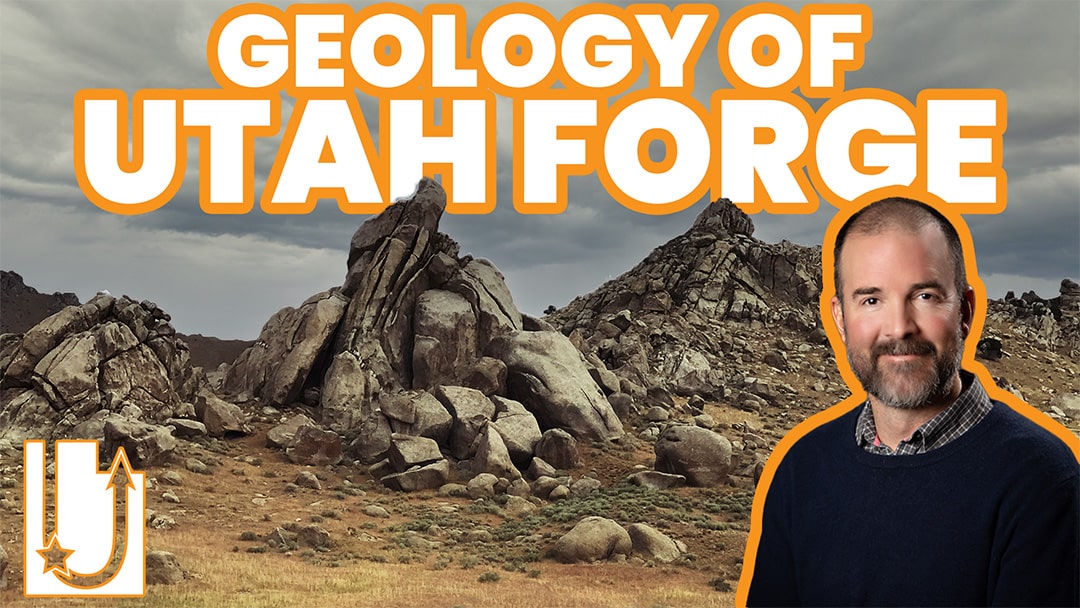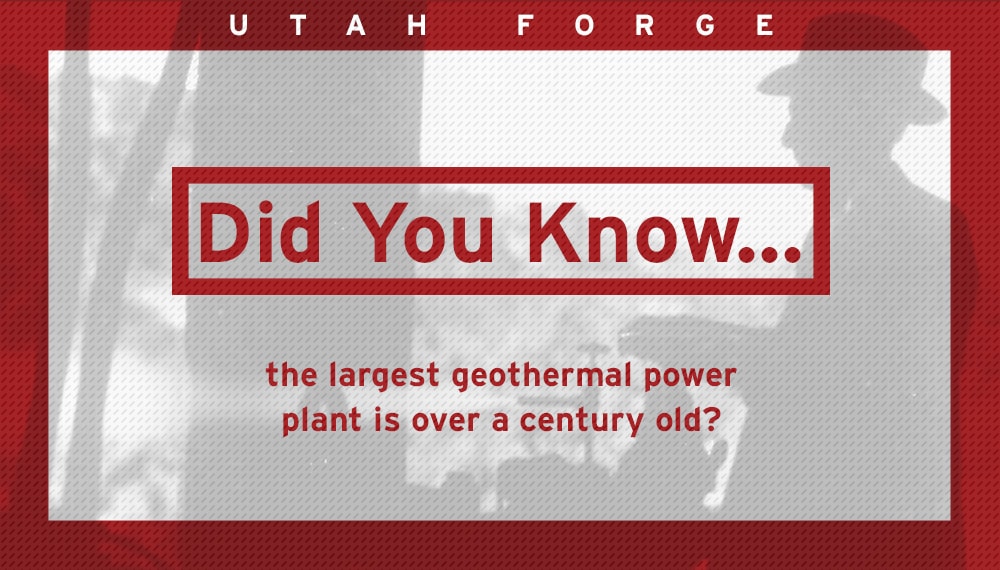When Native Americans first came across the hot springs and fumaroles of northern California during the Paleoindian Period, they discovered incredible features like the healing and cleansing properties of the sulfurous water. The Lake Miwok tribe inhabited Castle Rock Springs and the Wappo tribe constructed litters made of willow branches to bring the ill to Big Sulphur Creek.
Six distinct tribes existed in the region now known as The Geysers, each with unique stories about these natural geothermal expressions. There was a common belief among the Coast Indians that grizzly bears were possessed by evil spirits. In one story, after a bear died from being scalded by the hot waters, the spirit dwelling inside of it took control of The Geysers. Shortly after, “there were many sick and dying with a strange plague, or pestilence that had suddenly appeared among the tribe.”
The elders persuaded a gray-haired seer to attempt to banish the evil spirit and heal the people by carving the image of a human face in an outcropping on rocks near what today is Witches’ Cauldron. Just before it was completed, however, the seer mysteriously disappeared, never to be seen again.
But his magic worked and the spirit seemed to have been appeased; the illness was vanquished, and “During the night new springs had burst forth three-quarters of a mile down the river.” This story is one of many that paints the natural and mystical nature of The Geysers, which only added to the allure for European settlers when they discovered the region.
